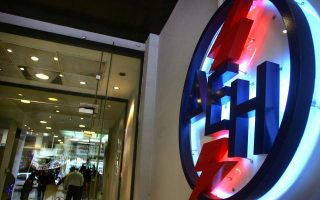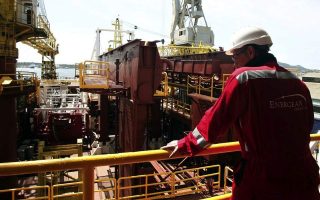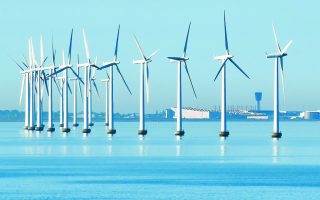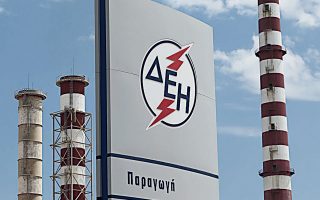‘White Dragon’ set for takeoff
Green hydrogen project may come up to 4 billion euros in total
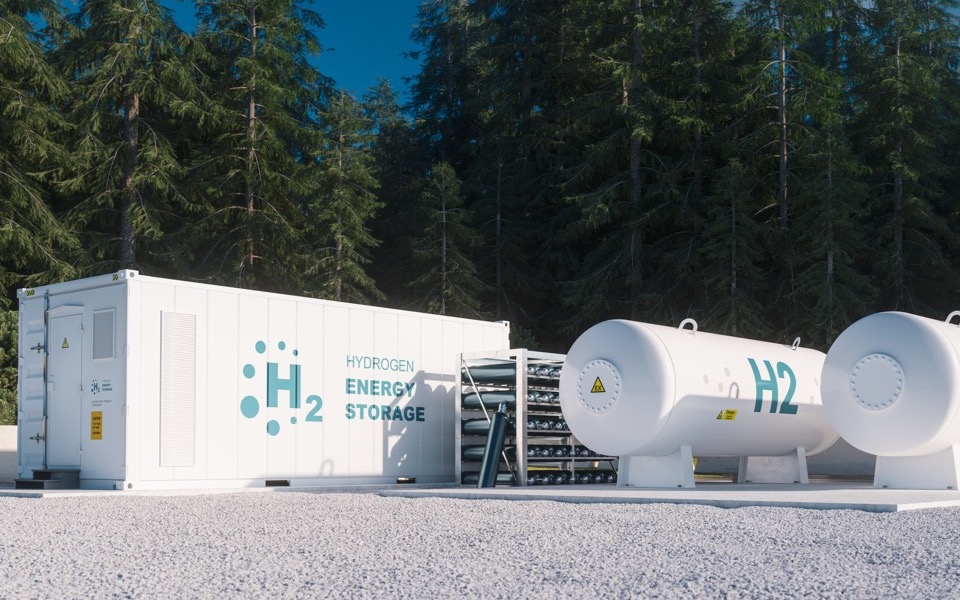
“White Dragon”, the Greek plan for the production of environmentally friendly hydrogen as fuel, aspires to secure financing from the European Union as an Important Project of Common European Interest (IPCEI) in the context of the Hydrogen Europe program, which encourages regional corporate alliances for large-scale projects using hydrogen technology.
The Greek investment plan is coordinated by the Public Gas Corporation (DEPA) with the participation of major industries such as gas grid operator DESFA, Hellenic Petroleum, Motor Oil, Mytilineos, Cynergy, TERNA and Poland’s Solaris, as well as research foundations such Dimokritos and EKETA.
The dossier for the project’s candidacy proposal is ready to be submitted in the context of the Energy Ministry’s invitation a few days ago for participation in Hydrogen Europe.
“White Dragon” appears to be among the top candidates for European funding, as it meets all of the requirements. The emblematic project for the production of green hydrogen through electrolysis using energy from photovoltaics, relies on the utilization of the energy gap the decarbonization in Western Macedonia will create to the high-voltage infrastructures (with a capacity of 6 gigawatts) connecting the region with the rest of the country, and also with Albania, North Macedonia and Bulgaria. The project will also rely on the natural gas pipelines that must also turn green up to degree so as to continue to have a role in the energy transition.
This is an investment in excess of 2 billion euros, which may even reach €4 billion, depending on the photovoltaic parks to be constructed.
The plan provides for an electrolysis hydrogen production unit for 3,875 gigawatts up to 2028. Once fully developed, it will produce 16,000 tons of green hydrogen per year and bolster the decarbonization process in Western Macedonia.
The output will be compressed and stored in tanks, and some excess quantities will be transmitted via Albania to Italy through the Transadriatic Pipeline (TAP). Some other quantities will be transmitted through another hydrogen pipeline to three Greek refineries (in Corinth, Aspropyrgos and Thessaloniki), to Hellenic Fertilizers and Chemicals (ELFE) and to the Attica and Thessaloniki bus fuel depots.
